Pülümür
The history of the district is similar to the history of Tunceli and Erzincan. The region, which was under the rule of the Hurrians and Hayasa-Azzi, came under the rule of the Hittites and subsequently the Urartians in the 12th century BC. The region, which came under the rule of the Medes and subsequently the Achaemenid Empire in the 7th century BC, was located within the borders of the Satrapy of Armenia. After Alexander the Great eliminated the Achaemenids, the domination of the Hellenistic states began in the region. The Kingdom of Ancient Armenia, founded by the descendants of the Achaemenid satraps in the 2nd century BC, continued to rule the region as a vassal during the struggle between the Romans and Parthians in the 1st century BC. The region, shared between the Byzantines and Sassanids in the 5th century AD, changed hands very frequently. The region remained under the rule of the Byzantine Empire until it came under the rule of the Arabs in 639. After the Arab raids, the region rejoined Byzantine territory. After the Seljuk Dynasty entered Anatolia in 1071, Mengücek Ahmet Gazi, who participated in the conquest of Anatolia under the command of Süleyman Shah, founded the Mengüçlü Principality in the northern regions of Tunceli, including Pülümür, with Erzincan as the center. In 1228, the Sultan of the Anatolian Seljuk State, Alaaddin Keykubat, annexed the Mengüceks to himself. After the Anatolian Seljuks were defeated by the Mongols in 1243 and disappeared in 1318, many principalities affiliated with the Ilkhanate were established in Anatolia. Following the short-term Karakoyunlu domination, the Akkoyunlus migrated to Eastern Anatolia in the 13th century and formed a union with Tur Ali Bey and established dominance in a wide area, including the entire Tunceli region, from the center of Diyarbakir to Erzincan. This Turkmen state has made the sheep figure, inherited from their cultural life, a symbol, and today the figures can be seen at the graves in Pülümür, as in many parts of Tunceli. Although the region within Pülümür came under Ottoman rule after the Battle of Otlukbeli in 1473, Safavid rule began in the region shortly afterwards. However, in this case, it was short-lived and as a result of the Battle of Chaldiran in 1514, the region definitively joined the Ottoman rule. Pülümür settlement was first mentioned in the census conducted in 1518. At this date, the settlement was seen as a village of Kızuçan township under the name "Plümuri". While there were 15 Muslim-only households in the village in 1569, the number of Muslim-only households in the village increased to 45 in 1642. While the center of Kızuçan township was the Ribat settlement in the past years, it became the township center in 1642 due to the presence of a mosque where Friday prayers were performed and its large population. According to the 1872 Erzurum Province Yearbook, there are 113 villages in the district, which is called Plümür instead of Kızuçan because it is the central village, and a total of 6064 people live in the district. Although it was connected to Dersim sanjak between 1880-1886, it was later connected to Erzincan sanjak again. In 1914, the population of Pülümür district increased to 12266. The Russians captured Pülümür in 1916, but withdrew from the city on December 17, 1917. Although the population decreased during the Russian occupation, according to the 1935 census, 14606 people lived in the district, which was located in Erzincan province, 1004 of which were in the district center. Following the establishment of Tunceli province in 1935 following the census, it became a district of Tunceli in 1938. After the Dersim Rebellion in 1937-38 and the 1939 Erzincan earthquake, the district center doubled in size in the 1940 census, while the village population decreased.




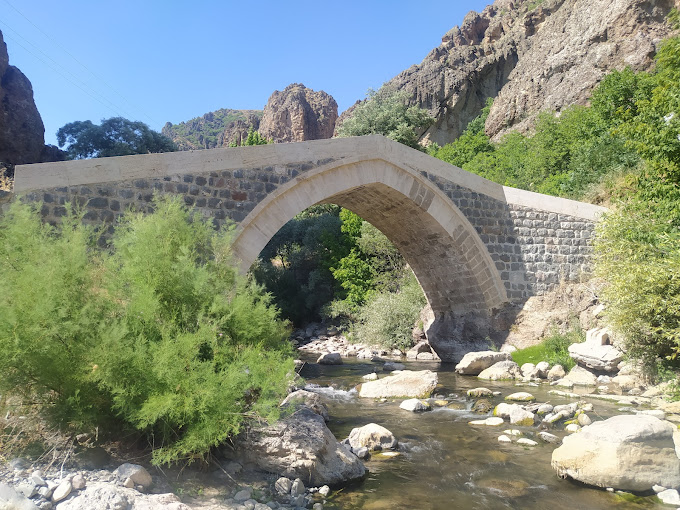
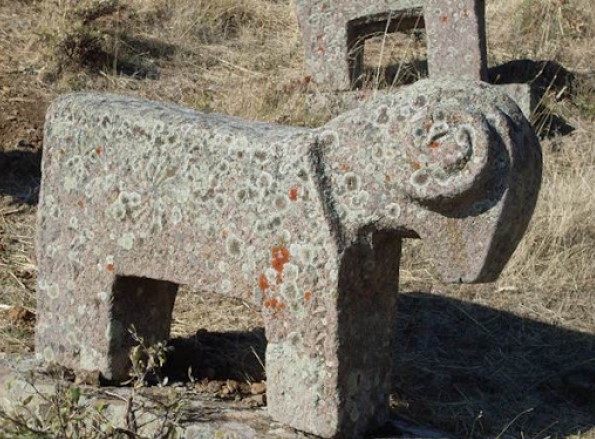
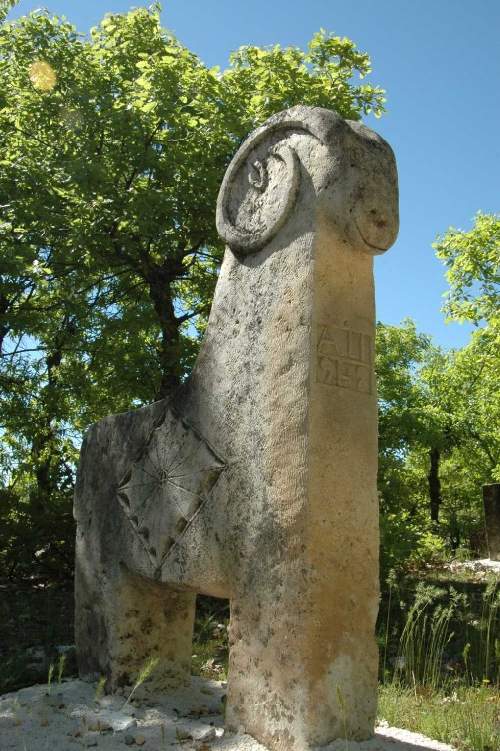
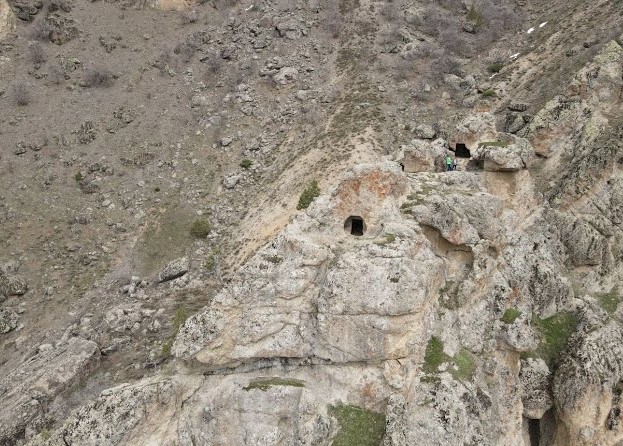
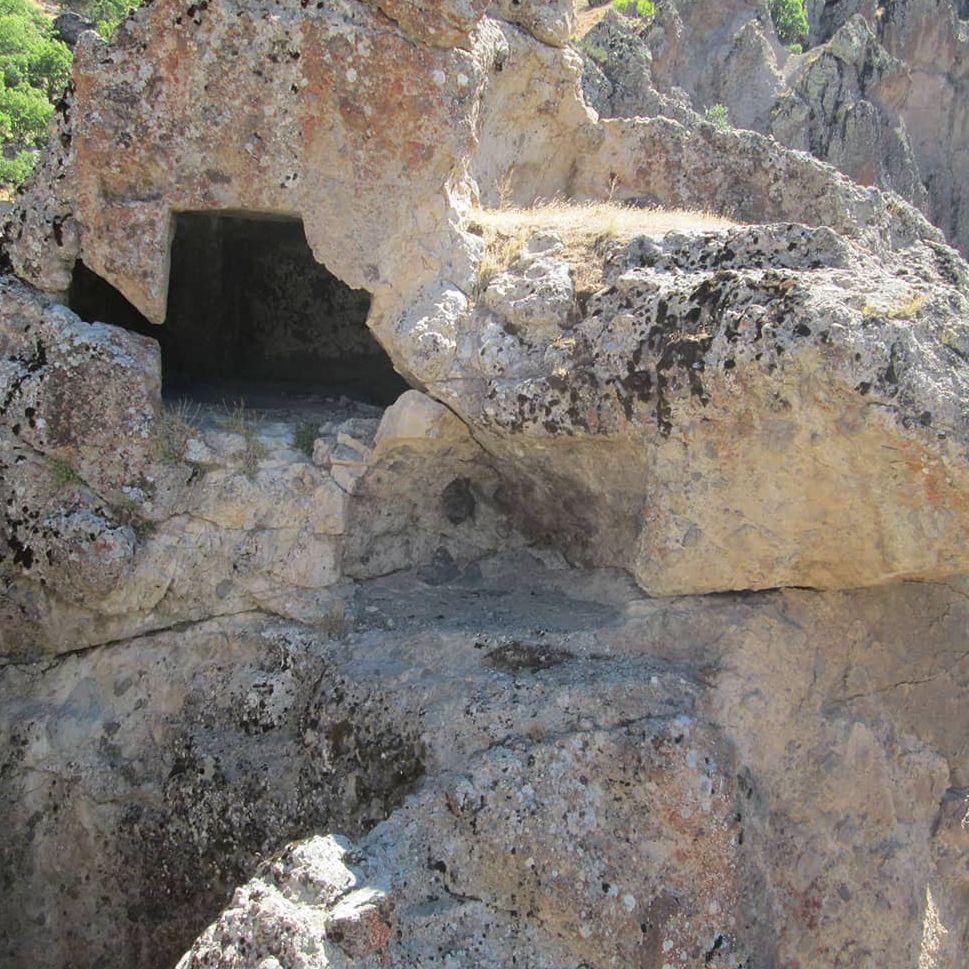
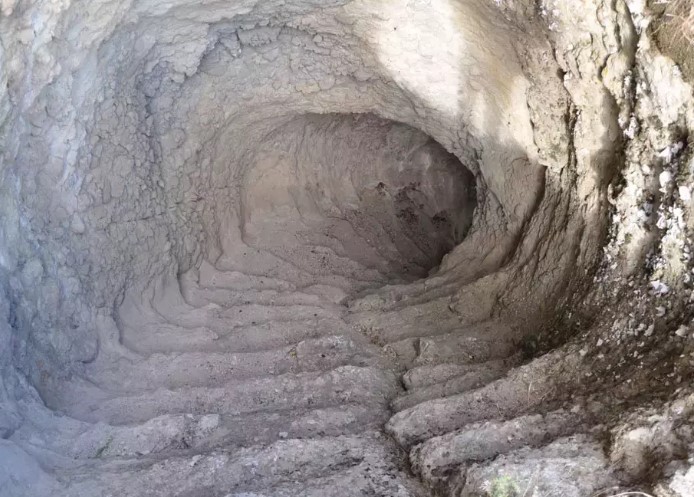
Leave Your Comments